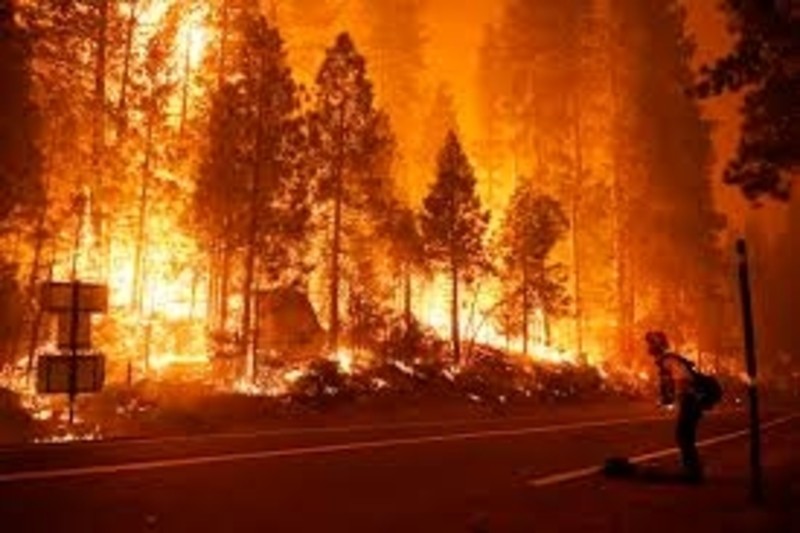Hundreds of people were evacuated by helicopter from areas hit by the wildfires in California. There have been dangerous dry winds threaten to further fan the flames.
These winds come after an unprecedented heatwave which was recorded over Labor Day weekend, keeping the most populous state in the country on alert, as some 14,000 firefighters fought about 25 large floodlights fires.
At the same time, more than 170,000 individuals were without electricity after the PG&E electric company, responsible for other fires, decided as a “last resort” to cut service in large areas of the state due to the extreme threat of wildfires.
The helicopters, which operated in smoke-hazardous conditions overnight in Fresno, hit by the Creek Fire, as dubbed by the California Department of Forestry and Fire Protection (Cal Fire), have evacuated about 300 people, including 78 on Tuesday. Meanwhile, an unknown number of people are waiting to be rescued.
Social media videos showed flames surrounding campgrounds at the popular holiday destination Mammoth Pool Reservoir, as well as burning buildings, including a warehouse on Shaver Lake.
The Fresno Fire Department tweeted Monday night that “there must be more hikers and campers trapped in the area.”
The Creek Fire has already burned about 143,929 acres and so far firefighters have been unable to contain it, per a Tuesday report.
Another fire, the Bobcat, threatens the Los Angeles region. Authorities helped evacuate hikers in the now-closed Los Angeles National Forest, where more than 3,400 acres have been engulfed by fire since it broke out at noon on Sunday.
These new fires spread rapidly over the holiday weekend, which saw a record high of nearly 50 degrees in Los Angeles County.
The Santa Ana winds that arrived early Tuesday are expected to strengthen through Wednesday morning, with forecasts of gusts of more than 88 kilometers per hour.
“Existing fires are extreme in behavior; new fires are likely to start, weather conditions are getting worse, and we just don’t have enough resources to fully fight and contain all fires,” said Randy Moore, Southwest Pacific Regional Ranger. .




